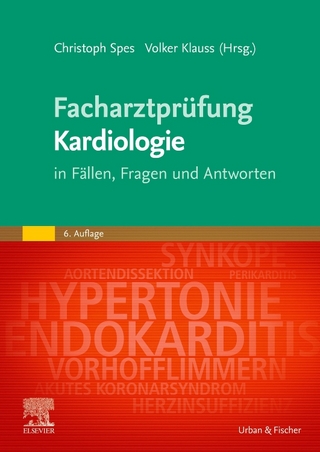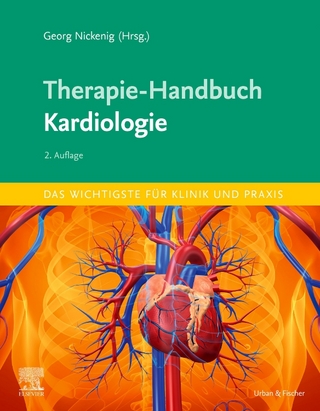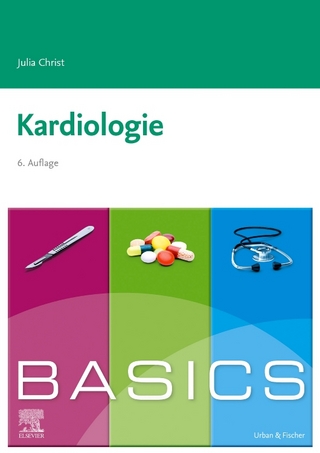Paraoxonases in Inflammation, Infection, and Toxicology
Humana Press Inc. (Verlag)
978-1-60761-349-7 (ISBN)
Biomarkers are used in many aspects of health surveillance to identify disease pr- ence, track disease progression, monitor drug delivery or metabolism, or monitor chemical exposure. There is a recognized need to expand and improve biomarker identi?cation and quanti?cation. Exposures to the xenobiotic organophosphates (OPs) range from low-level, chronic exposure during pesticide application (e. g. , on farms, in residences, or in the workplace) to high-dose, acute exposures incl- ing release of nerve agents or toxic industrial OPs. OPs can have both rapid and chronic toxicity, due to their action on speci?c esterases and lipases, most notably acetylcholinesterase (AChE) and neuropathic target esterase (NTE). In each of the above examples, a rapid and accurate assessment of the OP to which the person was exposed, degree of exposure, and time period of exposure will help direct therapy to the victim and assess the level of threat to others. Traditionally, metabolites for speci?c OPs can be measured in the urine after an exposure, such as 3,5,6-trichloro- 2-pyridinol for chlorpyrifos (CPS). However, there are several problems with this method.
Usually, the metabolite is excreted for only a short period of several days after a signi?cant exposure. In addition, due to the widespread use of CPS and en- ronmental persistence of its breakdown products, the metabolites appear at a high background level in the general population (Hill et al. 1995). Their appearance does not indicate whether the individual was exposed to the harmful parent compound, or the harmless breakdown product.
ApoE Mimetic Peptide Reduces Plasma Lipid Hydroperoxide Content with a Concomitant Increase in HDL Paraoxonase Activity.- Interrelationships Between Paraoxonase-1 and Monocyte Chemoattractant Protein-1 in the Regulation of Hepatic Inflammation.- Biomarkers of Sensitivity and Exposure in Washington State Pesticide Handlers.- Paraoxonase 1 Status as a Risk Factor for Disease or Exposure.- Engineering Human PON1 in an E. coli Expression System.- The Toxicity of Mixtures of Specific Organophosphate Compounds is Modulated by Paraoxonase 1 Status.- Identification and Characterization of Biomarkers of Organophosphorus Exposures in Humans.- Temporal and Tissue-Specific Patterns of Pon3 Expression in Mouse: In situ Hybridization Analysis.- PON1 and Oxidative Stress in Human Sepsis and an Animal Model of Sepsis.- Paraoxonase 1 Attenuates Human Plaque Atherogenicity: Relevance to the Enzyme Lactonase Activity.- The Role of Paraoxonase 1 in the Detoxification of Homocysteine Thiolactone.- Alteration of PON1 Activity in Adult and Childhood Obesity and Its Relation to Adipokine Levels.- Anti-Inflammatory Properties of Paraoxonase-1 in Atherosclerosis.- Paraoxonase 1 Interactions with HDL, Antioxidants and Macrophages Regulate Atherogenesis – A Protective Role for HDL Phospholipids.- The Effect of HDL Mimetic Peptide 4F on PON1.- The Contribution of High Density Lipoprotein Apolipoproteins and Derivatives to Serum Paraoxonase-1 Activity and Function.- Paraoxonase 1, Quorum Sensing, and P. aeruginosa Infection: A Novel Model.
| Erscheint lt. Verlag | 17.12.2009 |
|---|---|
| Reihe/Serie | Advances in Experimental Medicine and Biology ; 660 |
| Zusatzinfo | 17 Illustrations, color; XVI, 212 p. 17 illus. in color. |
| Verlagsort | Totowa, NJ |
| Sprache | englisch |
| Maße | 155 x 235 mm |
| Themenwelt | Medizinische Fachgebiete ► Innere Medizin ► Kardiologie / Angiologie |
| Medizin / Pharmazie ► Medizinische Fachgebiete ► Pharmakologie / Pharmakotherapie | |
| Medizin / Pharmazie ► Studium ► 1. Studienabschnitt (Vorklinik) | |
| Naturwissenschaften ► Biologie ► Biochemie | |
| Naturwissenschaften ► Biologie ► Mikrobiologie / Immunologie | |
| Naturwissenschaften ► Biologie ► Zellbiologie | |
| ISBN-10 | 1-60761-349-2 / 1607613492 |
| ISBN-13 | 978-1-60761-349-7 / 9781607613497 |
| Zustand | Neuware |
| Haben Sie eine Frage zum Produkt? |
aus dem Bereich




